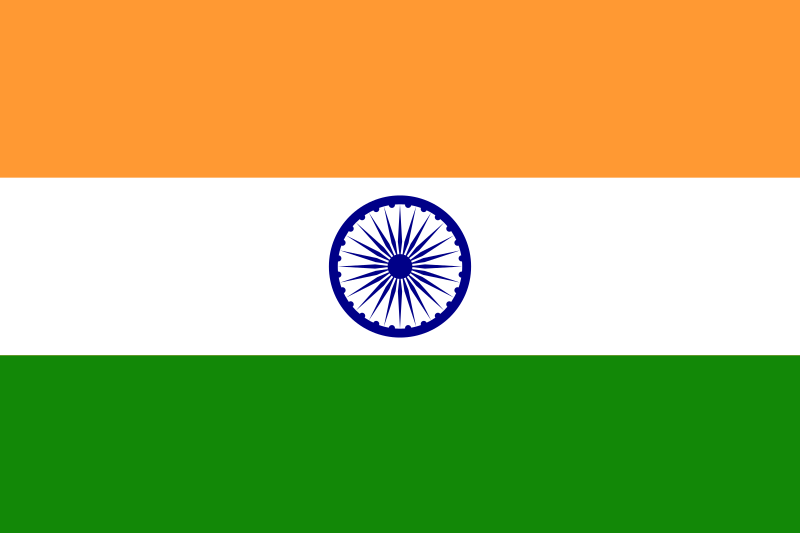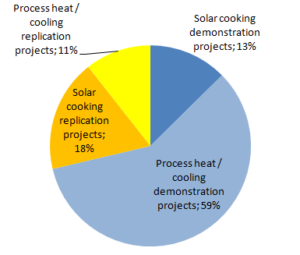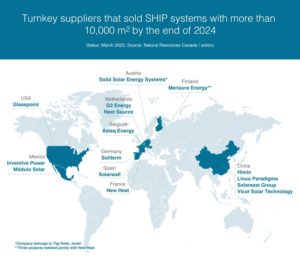India: Solar Food Processing Network Launch
April 2, 2013
With the launch of the Solar Food Processing Network in January 2013, India can look forward to a successful usage of solar thermal systems to meet the energy needs of this sector. The initiative for the network came from private entrepreneur Ghanshyam Lukhi (see the small photo above). He is the owner of Tapi Food, an export-oriented producer of tutty-fruity, jam, jelly, soft drink concentrate and ginger candy, located in Gujarat state, Western India (see second photo). Since November 2008, most of the factory’s energy has come from a solar thermal concentrating system installed on its roof. The well-performing system has become a landmark project for India’s food processing sector. Meanwhile, other process industries have already commissioned another 10 of those systems.
When Lukhi contacted Deepak Gadhia in 2007, he had already been very passionate about using renewable energies. Back then, Gadhia, whose company Gadhia Solar is a pioneer in making Scheffler dishes, provided a prototype and tested it in his own factory. The results were encouraging, but the capacity of the concentrating system was too small. It made the project seem unviable, as the small capacity meant that too many dishes would lead energy to the big number of vessels.
Lukhi, however, did not abandon his plans, but instead convinced Gadhia Solar to set up the system, while he modified his building structure to facilitate solar steam cooking. It became India’s very first industrial solar thermal steam system for food processing. Gadhia Solar installed 10 dishes of 10 m² each on the roof of the factory. Using automatic tracking, the dishes produce 400 kg of steam at about 6 bar to heat a special type of steam-jacketed kettle. Even after five years, the system continues to run successfully.
Installing the 10 Scheffler dishes cost Tapi Food around Indian Rupee (INR) 1.5 million (EUR 21,500). At that time, process heat applications had not been eligible for subsidy scheme applications. Together with system supplier Gadhia Solar, the investor convinced the Gujarat Energy Development Agency (GEDA) to modify the state’s regulations and include industrial applications in its subsidy policy. Soon, the federal government followed and approved solar process heat in its nation-wide support schemes.
The grants Tapi Food eventually received added up to INR 1.1 million, of which INR 0.75 million came from GEDA and INR 0.35 million from the central government – leaving INR 0.4 million to be contributed by the company itself. The new system has reduced the traditional use of firewood by INR 175,000 per year and has saved labour costs of INR 60,000 annually. Recovering the investment took less than 2 years.
“Being a pilot project meant a lot of additional development costs, which means that system costs should be down to a third by now,”emphasises Lukhi. “Considering the 30% subsidy of the federal government, solar food processing systems easily pays off in little over 2 years.”Lukhi adds that if the solar system is to substitute diesel as a fuel, the payback period goes even down to around 1 and a half years.
More information:
http://www.tapifood.com/


